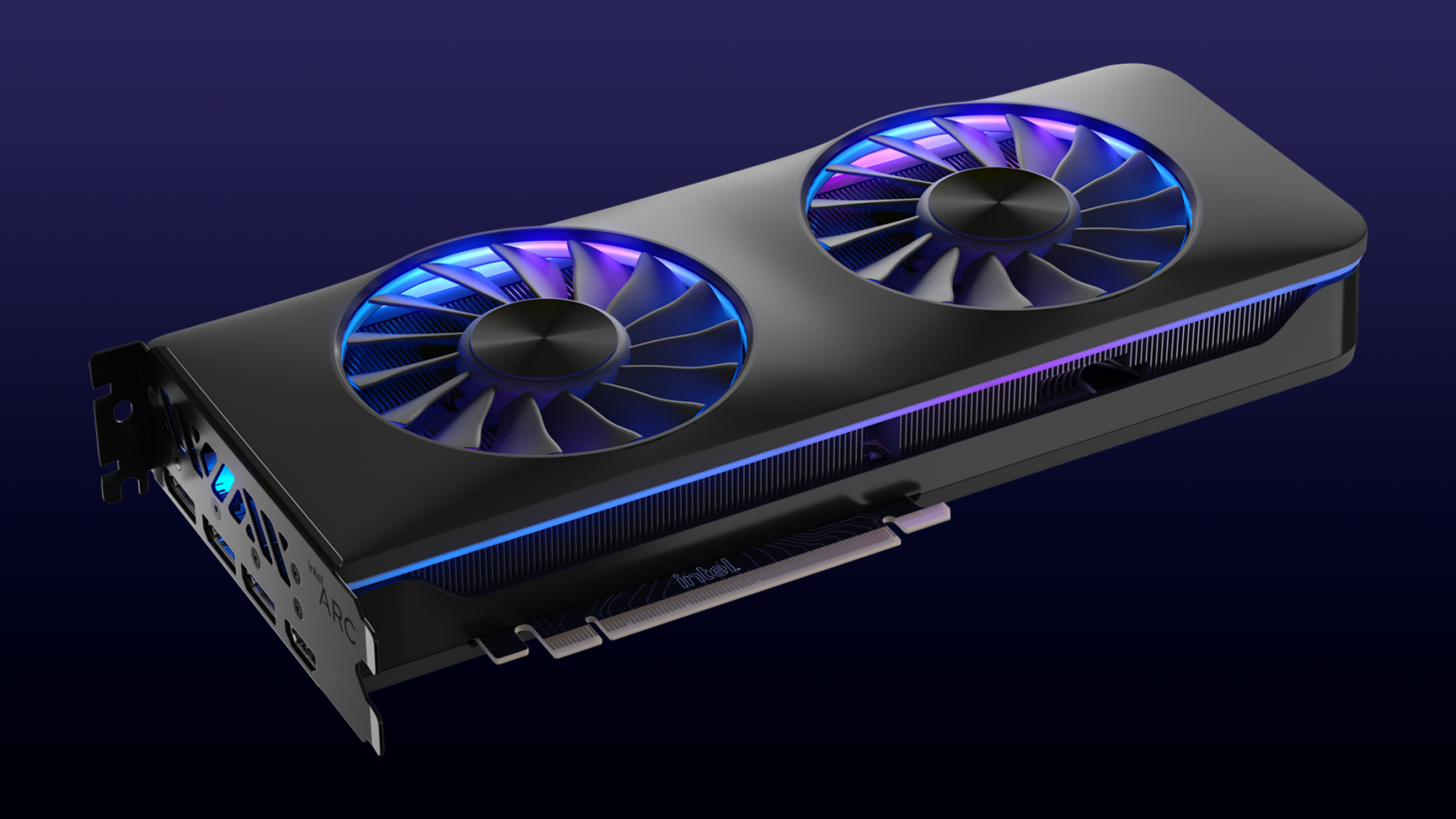The Current GPU Market: High Prices And Limited Availability

Table of Contents
The Impact of Cryptocurrency Mining on GPU Availability
Cryptocurrency mining, particularly with coins like Ethereum (before its merge), has significantly impacted GPU availability. The process requires powerful GPUs to solve complex mathematical problems, creating a massive demand for high-performance graphics cards. The profitability of mining varies depending on the GPU's hash rate, electricity costs, and the cryptocurrency's price. More profitable coins incentivize miners to acquire large quantities of GPUs, further exacerbating the scarcity for average consumers.
- Increased competition from miners: Miners often outbid individual consumers, driving up prices significantly.
- Bulk purchasing by miners: Miners frequently purchase GPUs in bulk, further reducing the supply available to the general public.
- Volatility of cryptocurrency prices: Fluctuations in cryptocurrency prices directly impact the profitability of mining, causing corresponding shifts in GPU demand. When prices are high, demand skyrockets; when they plummet, miners may sell off their GPUs, temporarily easing the pressure, but often leading to another price surge once mining becomes profitable again.
Global Chip Shortages and Their Role in the GPU Crisis
The global semiconductor shortage has significantly hampered GPU production. This widespread shortage isn't limited to GPUs; it affects various electronics, from smartphones to automobiles. Several factors contribute to this crisis:
- Manufacturing bottlenecks: Factories have struggled to keep up with the unprecedented demand for semiconductors.
- Increased lead times: Sourcing essential components for GPU manufacturing has become significantly more challenging and time-consuming.
- Ripple effect across industries: The shortage has created a domino effect, impacting production across numerous electronic sectors, with GPUs being particularly affected due to their complex manufacturing processes and high demand. This also means that even if a manufacturer has the capacity to produce more GPUs, they are often limited by the availability of other necessary components.
High Demand and Scalpers Exacerbating the Problem
The demand for GPUs isn't solely driven by cryptocurrency mining. Gamers, professional content creators, AI researchers, and data scientists all contribute to the intense demand for high-performance graphics cards. This already high demand is further complicated by the actions of scalpers:
- Online retailers struggling with scalpers: Major online retailers often find themselves overwhelmed by sophisticated bot networks used by scalpers to quickly purchase large quantities of GPUs.
- Social media hype and influencer marketing: The popularity of GPUs is amplified by social media influencers and gaming communities, generating further hype and increasing demand.
- Scalping strategies: Scalpers employ various strategies, including using bots to automate purchases and reselling GPUs at significantly inflated prices on platforms like eBay and Craigslist.
Potential Solutions and Future Outlook for the GPU Market
Addressing the current GPU market challenges requires a multifaceted approach:
- Increased investment in semiconductor manufacturing: Governments and private companies need to invest heavily in expanding semiconductor manufacturing capacity to alleviate the global chip shortage.
- Development of new GPU architectures and manufacturing processes: Innovation in GPU design and manufacturing could lead to more efficient production and potentially reduce the reliance on certain scarce components.
- Potential government intervention: Governments might consider regulations to curb cryptocurrency mining's impact on GPU availability or to combat scalping activities more effectively.
The future of the GPU market remains uncertain. While increased manufacturing capacity and technological advancements offer hope for stabilization, it's likely that the market will remain volatile in the near term. The impact of cryptocurrency price fluctuations and the ongoing semiconductor shortage will continue to affect GPU availability and pricing.
Conclusion
High GPU prices and limited availability are a result of a complex interplay of factors: the voracious appetite of cryptocurrency mining, persistent global chip shortages, and the actions of scalpers capitalizing on high demand. These challenges significantly impact consumers, making it difficult and expensive to acquire the necessary hardware.
Key takeaways include the urgent need for increased manufacturing capacity, innovative solutions to address the chip shortage, and potentially stricter regulations to curb the impact of cryptocurrency mining and scalping.
Stay informed about the latest developments in the GPU market to make informed decisions and navigate the challenges of high prices and limited availability. Regularly check for updates and consider alternative options, such as pre-built PCs or exploring older-generation GPUs, to secure your next graphics card.

Featured Posts
-
 Yankees Rally Past Opponent Name Rodon Dominates In Crucial Victory
Apr 28, 2025
Yankees Rally Past Opponent Name Rodon Dominates In Crucial Victory
Apr 28, 2025 -
 Ohio Derailment The Extended Impact Of Lingering Toxic Chemicals On Buildings
Apr 28, 2025
Ohio Derailment The Extended Impact Of Lingering Toxic Chemicals On Buildings
Apr 28, 2025 -
 2000 Yankees Diary Posadas Homer Silences The Royals
Apr 28, 2025
2000 Yankees Diary Posadas Homer Silences The Royals
Apr 28, 2025 -
 Nixons Shadow A Look At The Current U S Dollars Performance
Apr 28, 2025
Nixons Shadow A Look At The Current U S Dollars Performance
Apr 28, 2025 -
 Where To Invest Mapping The Countrys Top Business Locations
Apr 28, 2025
Where To Invest Mapping The Countrys Top Business Locations
Apr 28, 2025
Latest Posts
-
 Boston Red Sox Lineup Modifications For Doubleheaders First Game
Apr 28, 2025
Boston Red Sox Lineup Modifications For Doubleheaders First Game
Apr 28, 2025 -
 Red Sox Game 1 Lineup Coras Minor Adjustments
Apr 28, 2025
Red Sox Game 1 Lineup Coras Minor Adjustments
Apr 28, 2025 -
 Coras Subtle Lineup Changes For Red Sox Doubleheader
Apr 28, 2025
Coras Subtle Lineup Changes For Red Sox Doubleheader
Apr 28, 2025 -
 Boston Red Sox Doubleheader Coras Lineup Changes For Game 1
Apr 28, 2025
Boston Red Sox Doubleheader Coras Lineup Changes For Game 1
Apr 28, 2025 -
 Evaluating Espns Projection The Red Sox Outfield In 2025
Apr 28, 2025
Evaluating Espns Projection The Red Sox Outfield In 2025
Apr 28, 2025
